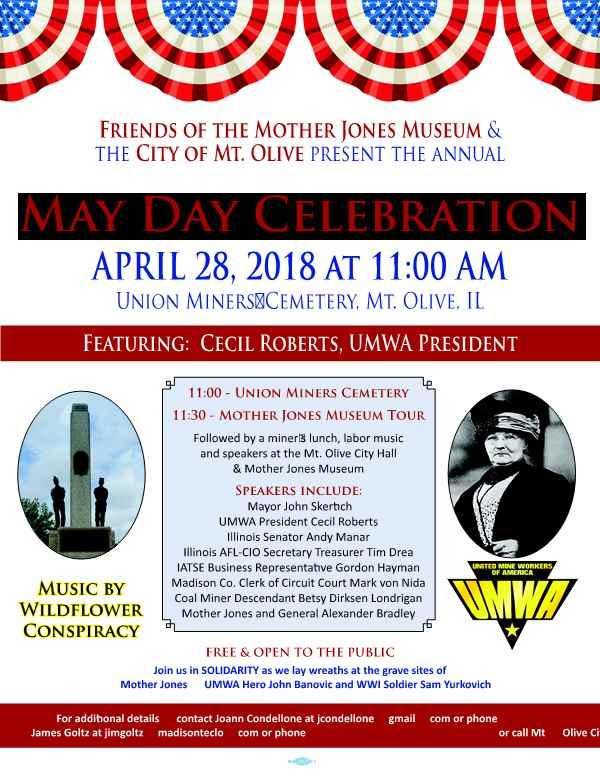Historical details describing labor activity that are responsible for building a middle class in the U.S. are largely forgotten, or conveniently ommitted in nearly all American schools, including events that took place in our very backyards.
NIU labor history scholar, Ph.D., Rosemary Fuerer, a renowned labor historian and author brought a treasure trove of valued labor information to her Labor History presentation before USW members at the Labor Temple yesterday in Granite City. Ill. 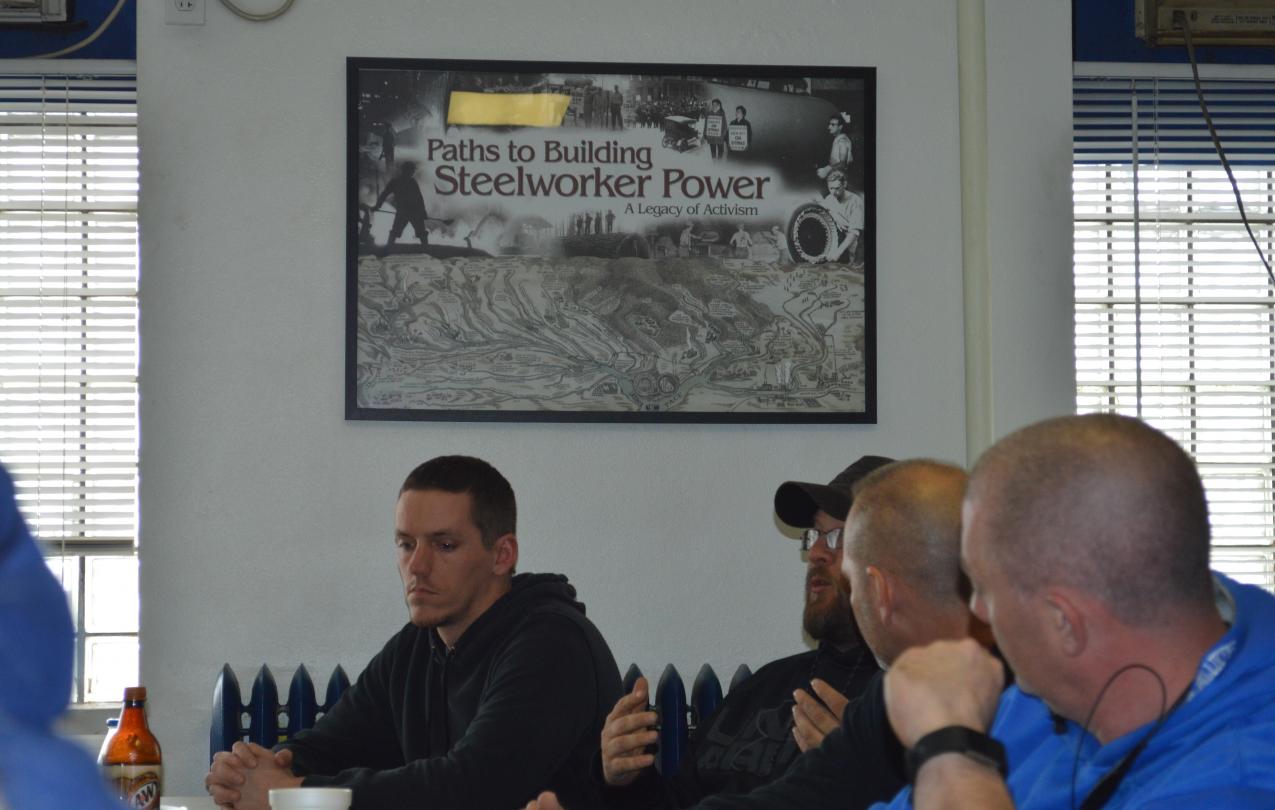
Events and the battles, those unionized efforts that eventually changed the course of history as workers fought for a piece of the pie, their fair share cut from the concentration of wealth, created a class system for Americans. This focus was an alluring component of Fuerer’s presentation.
A quick survey among those in attendance, their personal public school experiences on this topic, revealed that all among the USW activists in the room recognized the universal absence of teaching labor history in our schools.
As the saying goes, history repeating itself was paralleled over-and-over during Feurer’s slideshow, exposing how organizations and political lobbyists in our nation are spending billions in a fight to destroy organized labor with right-to-work efforts on state levels and public policy on a national level.
Social enterprises, political forces that are methodically influencing citizens today, dividing one another based on union association, race and immigrant’s ethnicities, are so disturbingly similar to those manipulative messages that were being used to divide groups in in the 1800’s with the same objective; weakening working class efforts that reward the greater good. 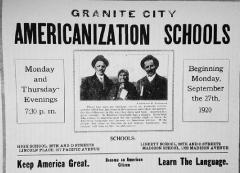
Those who oppose organized labor's very existence are busy playing groups against one another. “We do have class conflict today and the blueprint used by those opposed to organized labor's strengths are still being used today, same as those devisive and subversive efforts used during the 19th century,” said Feurer. 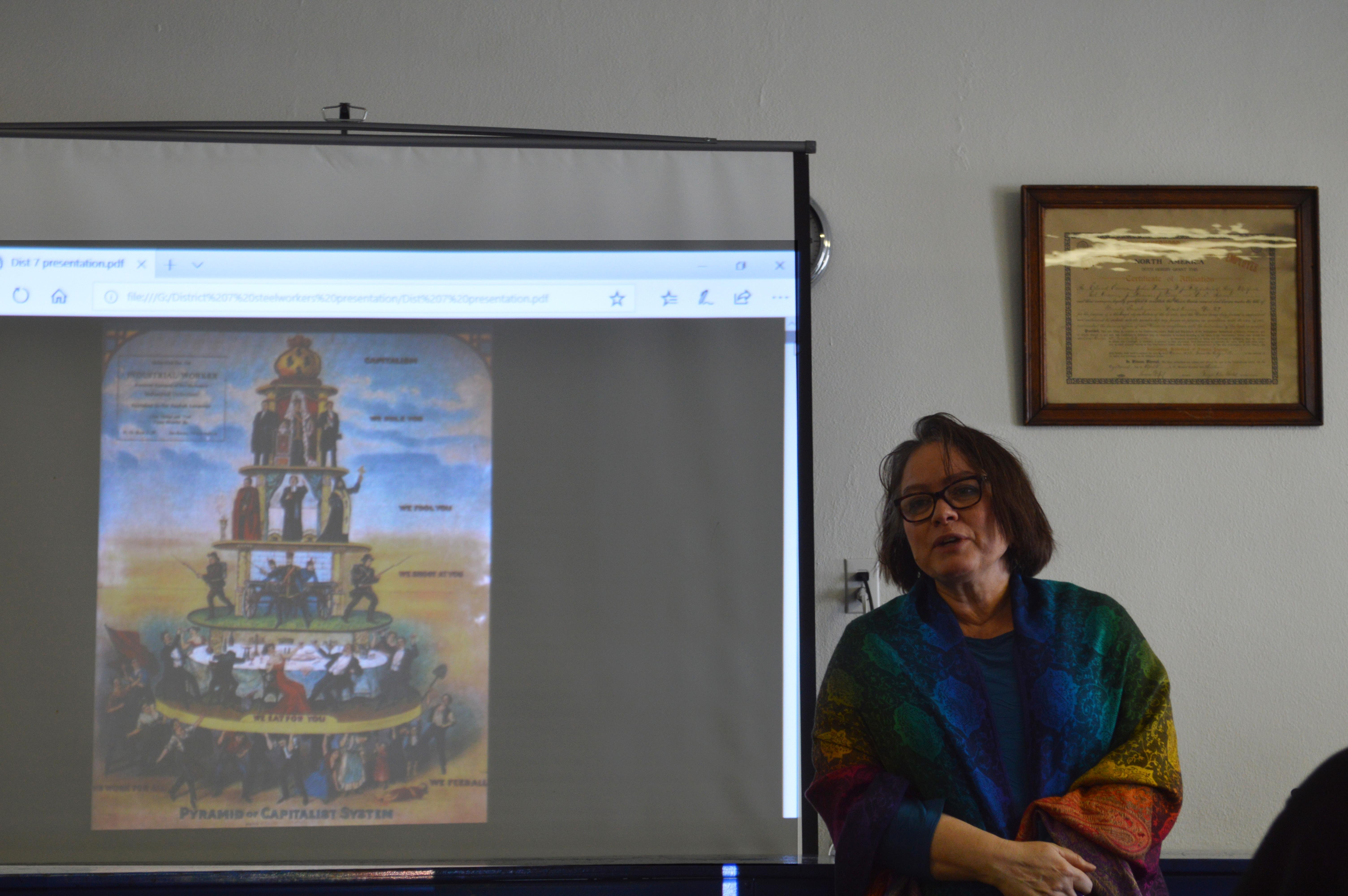
Apparently no one in the room full of USW District 7 Sub-2 attendees were aware of meaningful, historical events that took place in our very backyard. Fuerer opened a few eyes when she told the attentive group, “Many say the first national labor union among mine workers, the beginning of the modern labor movement, built its roots in Belleville, Ill. This movement was viewed as a threat, being labeled by the fanciful corporatists as a "seabed of radical union activity in the 1800’s.”
Few records are left to track Irish immigrant Daniel Weaver and how he influenced the labor movement as the American Miners Association (AMA) was formed. To the surprise of all, including Belleville resident USW District 7 Sub-2 Director Dave Dowling, an avid labor history buff himself who organized the presentation, Fuerer included a picture of a historical plaque in West Belleville, placed there by their community’s Historic Preservation Commission. The plaque contends the AMA was the largest union of its time with their 26,000 members covering six states.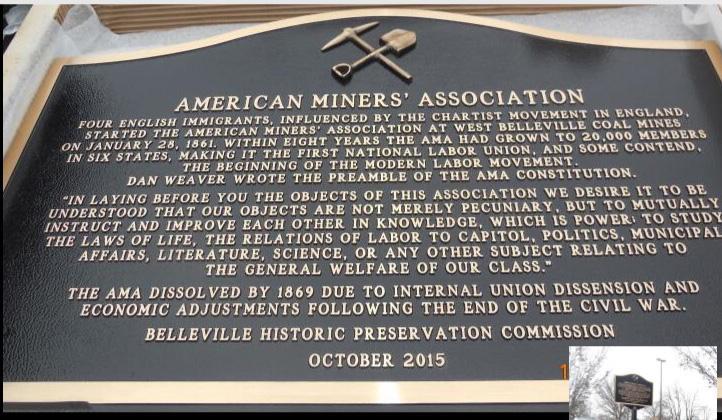
Mother Jones has left her mark as one of the most active union organizers in history. She is viewed and invoked often as one who had more influence during the discussed time among miners demanding respect safety in the workplace and a fair wage. Mother Jones, choosing her resting place at the nation’s only union owned Miners Cemetery in Mt. Olive, Illinois provided another of many local labor history components offered during the day’s educational experience. Fuerer served as an ideal educator on the Mother Jones topic as she produced the 2007 documentary, “Mother Jones: America’s Most Dangerous Woman”.
Another backyard reference can be seen today at the St. Louis Library. Moats were built around the structure during this era for the sole purpose of using it for armaments if needed to fire upon workers. This subversive and negative perception policy, one treating unions as unruly mobs, led to the Illinois labor movement expressing their opposition to armories. An idelible mark was left on East St. Louis following the race riot on 1917. Racial tension brewed as black workers moved here as strike breakers leading to violence and the death of 39 blacks and nine whites.
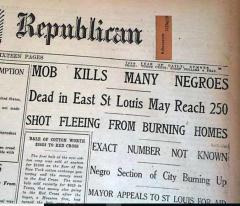
Feurer described a nationwide effort that mirrored a New York Times editorial in 1867, a repeated manipulative message used to sway public opinion. The Times asserted there was public danger brewing within this movement saying, “Urban Indians were savages of our cities, terrorists, joining forces with the labor movement and they were a greater threat than those Native Americans that confronted the Americans’ western expansion.”
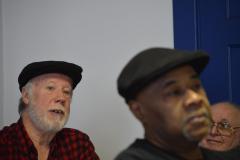
Regardless of the importance for the positive influences provided by the labor movement of the 19th century, most all schools fail to teach labor history to students without slanting the story to one that appeals to the spirit of individualism, trickle down theorists and the investment class that find the economy is often stifled by union activity. Through spinning history rather than revealing what Fuerer provided for the large group of steelworkers, supply the fodder for building perceptions that historically, union activity was full of radicals, anarchists and disruptive mobs who were working against our nation’s progress.
Governor of Illinois, John Tanner, 1897-1901, in order to protect "market freedom" brought in the militia after local prosecutors and constables refused to stop striking miners. Tanner's effort was thwarted when he sent in the Chicago police and Pinkertons to shut down the actions as this effort was met with resistance among those prosecutors and constables, leading to a higher level for what became the gold standard to control strikers in communities throughout the country - bring in the National Guard to fight the strikers. Dozens of strikes in Illinois alone were broken up in communities from Lasalle County, the infamous Virden strike and the Zielger mines.
Fuerer, sharing her rich labor history background kept members riveted for hours as we exchanged our current day views that disturbingly have direct correlations, comparisons, to the divisive nature among Americans today. Similar to present nationalistic expressions, nefarious, coordinated activity in 1861 among industry leaders was designed to divide workers among race. African-Americans were brought in to break up strikes, provoking violence with the spoon-fed corporate-to-media reports calling them the “Freedom Fighters.” Recognizing that this plan, created racial tension, it became a good political ploy as political figures and corporate supporters began twisting truths with propaganda that right to work was the only way to go, and using racial tension as a mechanism to divide and conquer.
With so many similarities 150 years later, we still hear the mantra for the importance of smaller government and individualism as being imperative as a continued corporatist effort, repeating anti-labor strategy of divide and conquer resulting in polarized political divide.
All those USW members in attendance respect the same beliefs that we should do our part in keeping these stories alive or those who wish to remove the last line of defense between the well-healed and working Americans will have their way with us. As AMA leader, Daniel Weaver said in 1860, “Union is the great fundamental principle by which every object of importance is to be accomplished. Man is a social being, and if left to himself, in an isolated condition, would be one of the weakest creatures; but, associated with his kind, he works wonders. Men can do jointly what they cannot do singly ; the union of minds and hands — the concentration of their power — being almost omnipotent."